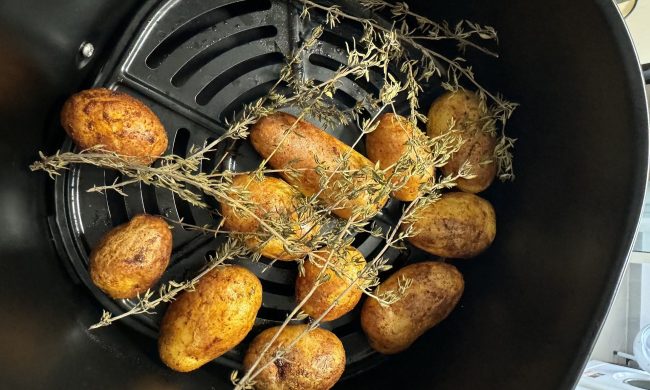
Peat pots are made of firmly compressed peat moss and other wood fibers. These make them environmentally friendly without using nonbiodegradable materials like plastic. You also give the roots of your plant an easy way to break through the original plant pot, which reduces root injury. These peat pots are perfect for your plants to grow and thrive in.
When you are planting in peat pots, you have to make sure that all of your seedlings can fit into the pot. Smaller seeds can hang out in smaller pots, but if you have a growing seedling, a large peat pot will be necessary to fit all of the plant’s budding roots. If you are starting a new garden or vegetable plot, ordering peat pots in bulk will help you get everything done at one time.
Jolly Grow Seed Starter Peat Pots
Best for Seed Starters

Looking for a way to start off your seeds easily? The Jolly Grow Seed Starter Peat Pots has everything you need to start off with your plants. These trays have 10 cells that are 1.75 inches wide and 2 inches deep, which gives enough space for your seeds to be snugly packed inside. There are also 10 plastic markers that you can use to keep track of all your plants.
Daniel's Plants 3-Inch Peat Pots
Best Quality

The high-quality collection of Daniel's Plants 3-Inch Peat Pots makes planting easy and gives your seedlings the best head start when planting. The 3-inch-deep pots are perfect for transferring your nursery plants. They are OMRI certified, so you know that your plants are being housed in eco-friendly and healthy materials.
Plantation Jiffy Peat Pots 6 Pack
Most Durable

The Plantation Jiffy Peat Pots kit comes with pots that are 4.4 inches deep and will keep your plants safe and protected. Keep unwanted pests out of your plant’s roots with hardy, compacted moss. These pots are made of compacted Canadian sphagnum peat moss, a hardy and biodegradable moss that works well with all plants.
Buy these peat pots to help your plants out. With all the hard work you put into your garden, you want to make sure you start off on the right foot. Your plants will stay safe while they grow their roots, and you will have a beautiful field of plants in no time.



